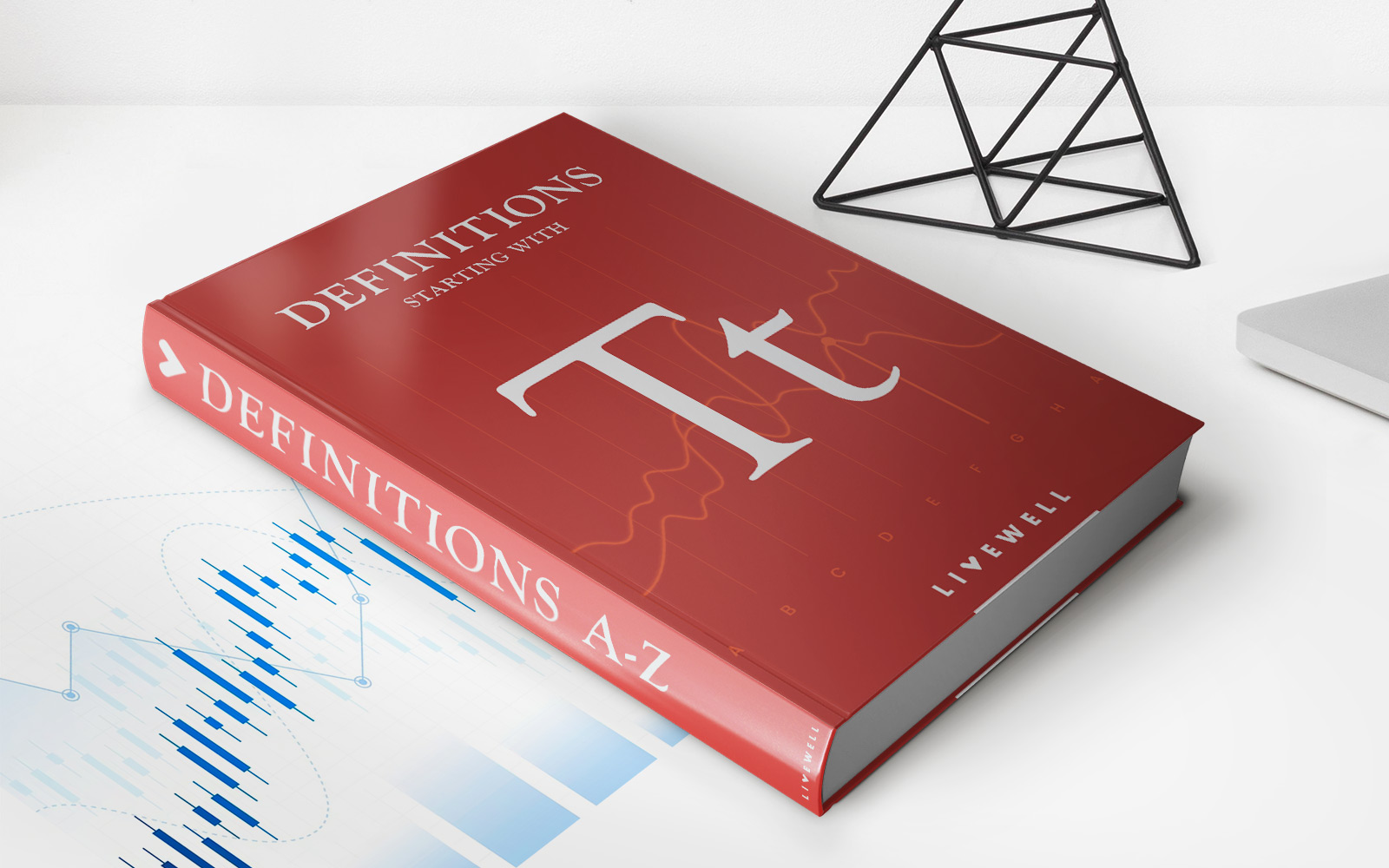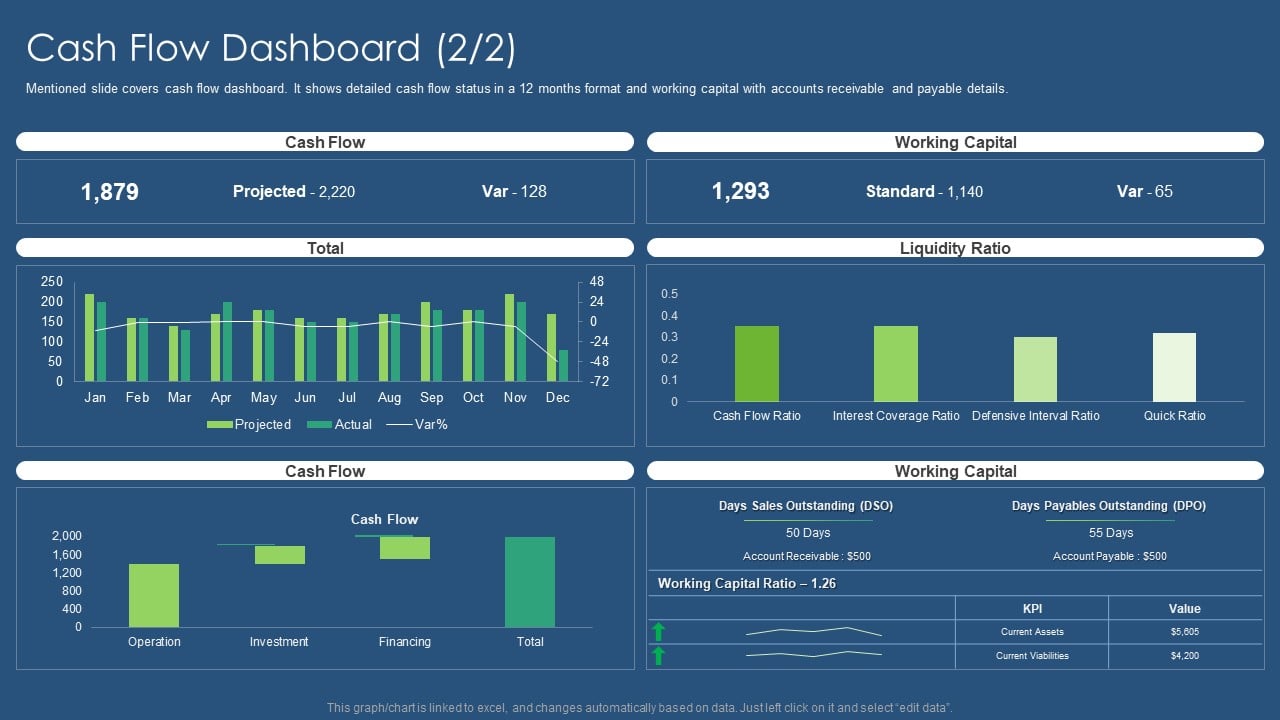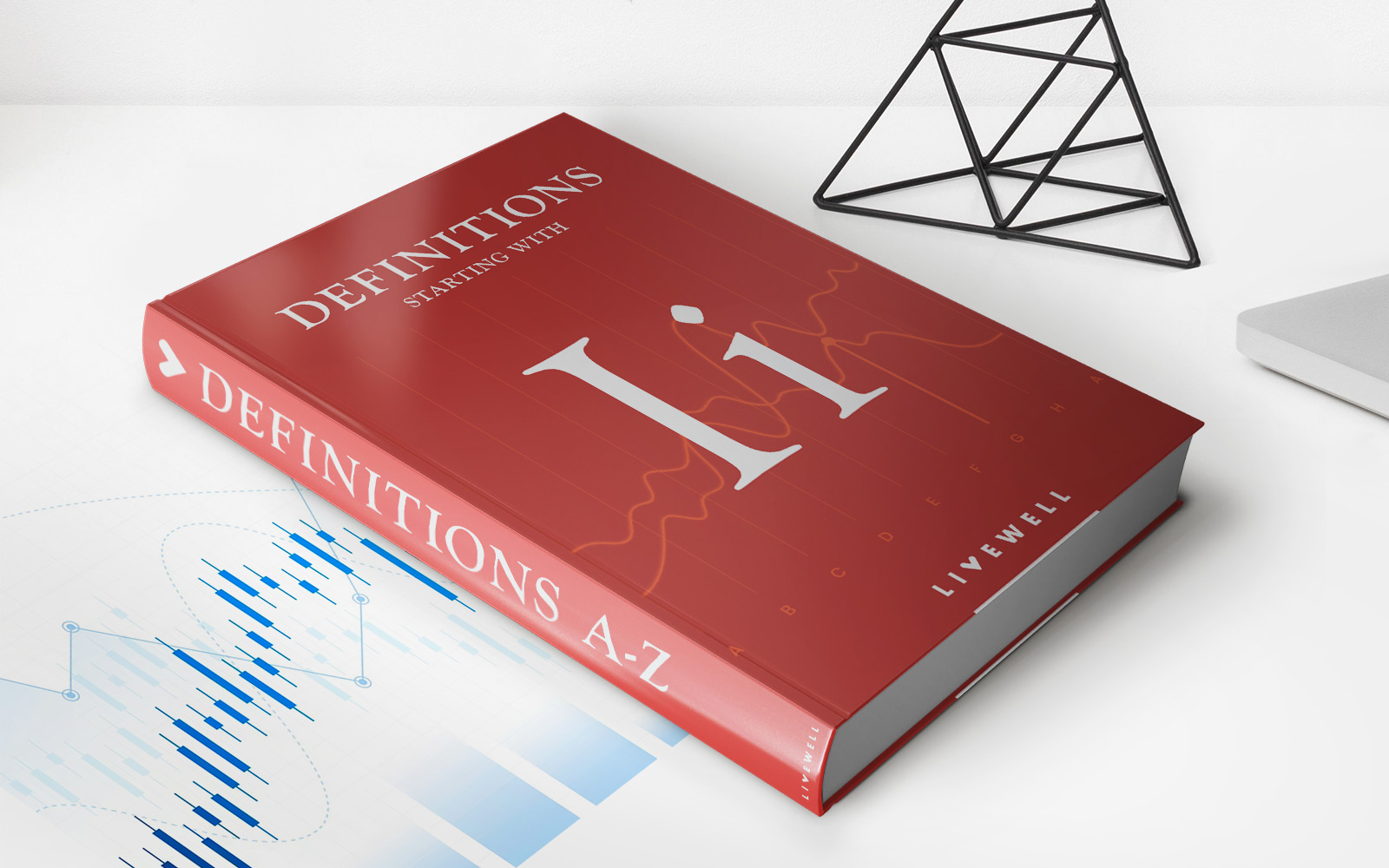Home>Finance>What Is The Tax-to-GDP Ratio? Definition, And What Is A Good One?


Finance
What Is The Tax-to-GDP Ratio? Definition, And What Is A Good One?
Published: February 7, 2024
Learn what the tax-to-GDP ratio is and its significance in finance. Discover what constitutes a good tax-to-GDP ratio and its implications for the economy.
(Many of the links in this article redirect to a specific reviewed product. Your purchase of these products through affiliate links helps to generate commission for LiveWell, at no extra cost. Learn more)
What Is the Tax-to-GDP Ratio? Definition, and What Is a Good One?
Welcome to our finance blog where we demystify complex financial concepts and provide you with valuable insights. In this article, we’ll be diving into the fascinating world of tax-to-GDP ratios. Whether you’re a finance whiz or just someone curious about how taxes affect a country’s economy, this post will break it down for you in simple terms. So, let’s get started!
Key Takeaways:
- The tax-to-GDP ratio measures the total amount of taxes collected by a government as a percentage of the country’s Gross Domestic Product (GDP).
- A higher tax-to-GDP ratio typically indicates a greater level of public spending and redistributive policies, while a lower ratio suggests a smaller role of the government in the economy.
Now that we have a glimpse of what we’ll be discussing, let’s delve into the details. The tax-to-GDP ratio is a vital economic indicator that helps us understand the relationship between a country’s tax revenue and its overall economic output.
Put simply, the tax-to-GDP ratio measures the total amount of taxes collected by a government as a percentage of the country’s GDP. It provides insight into how much of the nation’s economic activity is being taxed. A higher tax-to-GDP ratio generally indicates a larger role of the government in the economy, with more resources allocated towards public services, welfare programs, healthcare, infrastructure, and other essential sectors.
So, what is a good tax-to-GDP ratio? Well, there isn’t a one-size-fits-all answer to this question. The ideal ratio depends on various factors, including a country’s socio-economic structure, political priorities, and citizens’ expectations. In general, developed economies tend to have higher ratios compared to developing or emerging economies, as they often have more extensive public sectors and a greater emphasis on social welfare. However, a very high ratio can also burden taxpayers and potentially hinder economic growth.
Here are two key takeaways to remember:
- A higher tax-to-GDP ratio indicates a greater level of public spending and redistributive policies.
- A lower tax-to-GDP ratio suggests a smaller role of the government in the economy.
Having a clear understanding of a country’s tax-to-GDP ratio is crucial for policymakers, economists, and citizens alike. It helps assess the sustainability of government finances, guides tax reform decisions, and provides insights into a nation’s overall economic well-being.
Remember, taxes play a vital role in funding essential public services and driving economic growth. By keeping an eye on the tax-to-GDP ratio, we can ensure that the burden of taxes remains reasonable and the benefits are shared equitably.
We hope this article has helped demystify the tax-to-GDP ratio and what constitutes a good one. If you found this information valuable, stay tuned for more informative posts in our finance category. Feel free to explore our other articles covering a wide range of finance topics.














